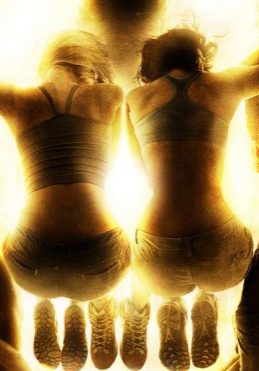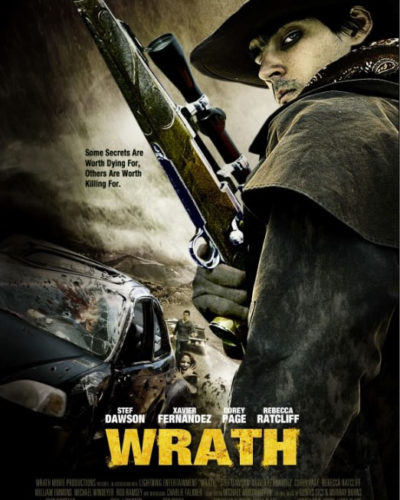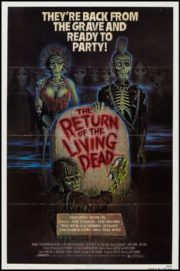Into the Abyss: A Descent Into Unrelenting Terror
In the lexicon of horror movies, “The Descent,” directed by Neil Marshall, stands as a chilling and claustrophobic tale of survival. Released in 2005, this film takes its viewers on a harrowing journey alongside a group of female spelunkers who find themselves trapped underground with unknown horrors lurking in the shadows. With no spoilers ahead, brace for a journey that delves into the literal and figurative depths, where the darkness itself is the least of your worries.
Shadow and Stone: Crafting the Cave’s Menace
“The Descent” excels at enveloping its audience in an atmosphere of pure dread. The horror isn’t just in jump scares or overt danger; it’s woven into the very fabric of the environment—the suffocating narrowness of the caves, the oppressive absence of light, and the uncertainty that comes with each twist and turn thanks to the ingenious use of space by Marshall. A relentless feeling of claustrophobia tightens around you, mirroring the characters’ descent into the unknown. It’s a slow burn of tension that ignites into total terror.
The cinematography by Sam McCurdy is a testament to the power of visual storytelling in horror. Lighting is scarce and deliberately so, casting the caves in an otherworldly glow that transforms the familiar into something alien. The camera angles push the sense of confinement, often framing the characters in tight close-ups that leave little breathing room for them or the audience. Special Effects are used sparingly, yet effectively, allowing the already terrifying reality of the setting to take root before introducing otherworldly elements.
Sound in “The Descent” is a character unto itself. The echoes of dripping water, the crunch of rock underfoot, the ragged breaths of the spelunkers—all heighten the sensory experience. Moments of complete silence stand out, amplifying the isolation and vulnerability of the women. When the sound does punctuate the silence, it’s visceral and resonates far beyond the screen.
Primal Screams: Human Terror Meets Inhuman Horrors
The performances in “The Descent” are raw and gripping, rooted in a tangible reality that makes the characters’ plight all the more wrenching. The actors convey a range of emotions from camaraderie to utter panic, guiding viewers through their terrifying ordeal. The authenticity of their terror, paired with a script that allows for genuine character development, makes their journey not just a fight against external horrors but internal ones as well.
“The Descent” blends various horror elements seamlessly. It starts as a psychological thriller, leans into the body horror, and integrates supernatural terror without ever feeling disjointed. Marshall subverts genre conventions by empowering his female protagonists in a way that’s rare for horror, yet he never allows this empowerment to become fodder for cliché ‘final girl’ tropes.
The methods the film employs to shock and scare are diverse. While there is a fair share of gore, the use of suggestion and dread is masterful. It’s the anticipation, the hint of movement in the shadows, and the instinctive fear of the dark that “The Descent” weaponizes so efficiently.
Underpinning the narrative is a commentary on trauma, loss, and the human spirit’s tenacity in the face of insurmountable odds. These thematic layers add depth to the horror, making the events resonate with an emotional weight that lingers long after the credits roll.
Conclusion: A Screaming Success in the Darkest Depths
As a horror film, “The Descent” is both effective and distinctive. It terrifies and provokes, tapping into primal fears while offering a compelling tale of survival. This is not horror that fades with the light but the kind that clings to the back of your mind, insidious and haunting.
Fans of horror that appreciate psychological depth, palpable tension, and well-crafted atmosphere will find “The Descent” a rewarding experience. It may prove too intense for casual viewers or those with claustrophobic tendencies. Note that the graphic content and dark themes may be triggering for some audiences.
When placed beside its peers, “The Descent” holds its ground as an innovative modern classic, joining the ranks of horror films that dare to push boundaries and explore the darker recesses of our minds. It’s a testament to Marshall’s vision and the genre’s potential to convey complex stories within the framework of fright.
In summary, “The Records of The Descent” is a recommended journey for any seeking to explore the deeper, darker caverns of horror filmmaking. Here’s to the brave who embark on this descent; may your nerves hold as firmly as your resolve.




